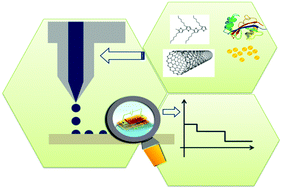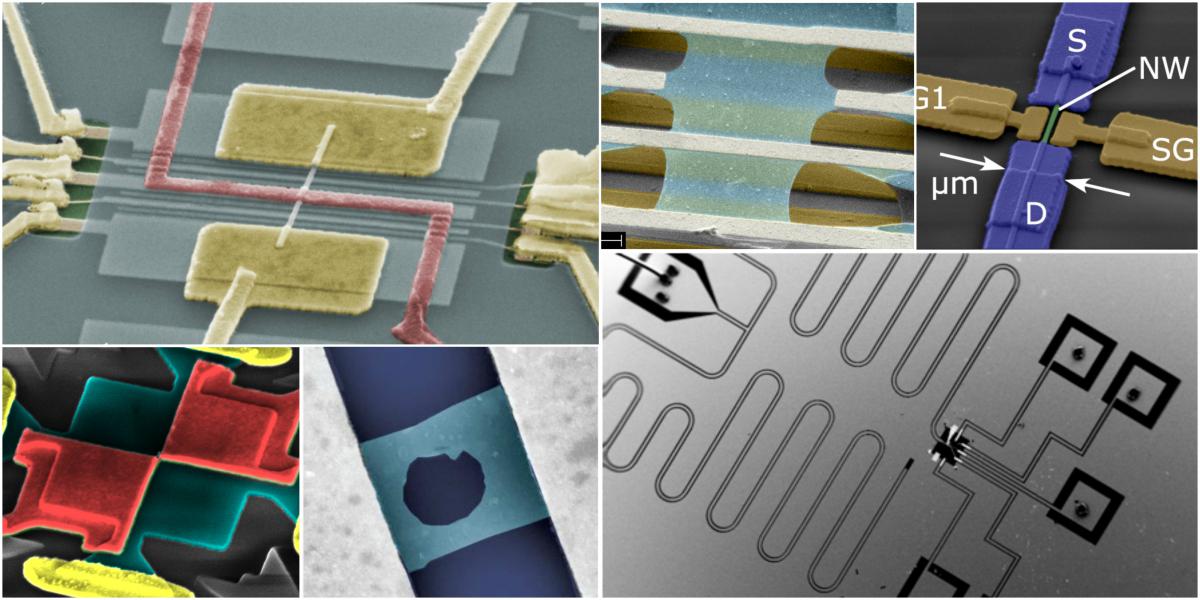Basis of formation and construction and types (nano bio-sensors) PhD in nano-microelectronics
Researcher and author: Dr. ( Afshin Rashid)
Note: Different sciences such as biochemistry, biology, electronics, different branches of chemistry and physics are present in the design of a nanosensor. The main part of a chemical or biological sensor is its sensor element. The sensor element is in contact with a detector. This element is responsible for identifying and linking to the species in a complex specimen.
The detector then converts the chemical signals generated by the bonding of the sensor element to the target species into a measurable output signal. Biosensors rely on biological components such as antibodies. Enzymes, receptors, or whole cells can be used as sensors.
Types of nanosensors (nanosensors)
Nanosensors are classified into different types. One of these categories is based on the shape of nanoparticles and their application as follows:
A. Nanostructured Materials: Like porous silicon, nanosensors made from these materials are used to detect chemical and biological reactions.
B - Nanoparticles: such as nanoscale spherical materials that are used as optical-biological, optical-chemical receptors and space image sensors . Like nanosilicon particles that are used as biosensors. Nanosensors can also be divided into three categories based on their structure : quantum dots, carbon nanotubes, and nanomaterials.
Modern application of nano sensors (nano biosensors) in improving the food and agricultural industries
Using these sensors (nano-biosensors) it is possible to detect very small amounts of chemical contamination or viruses and bacteria in the agricultural and food systems. Research in the field of nanomaterials is one of the most up-to-date scientific researches in the world. With the advent of nanoscience and nanotechnology and the possibility of making electrodes on a very small scale, the construction of nanometer sensors became possible. These sensors having a size of nanometer and their application environments, Nanvbyvsnsvr) nano-biosensor (named. Nanosensors biological electrodes are very small in size in the nano-meter cell size, which through consolidation of certain enzymes on their surface, to detect The desired chemical or biological species in the cells are sensitized to detect and quantify the species in Biological systems are used. This technique is a very useful way to detect the passage of certain molecules through a cell wall or membrane.
Conclusion :
Different sciences such as biochemistry, biology, electronics, different branches of chemistry and physics are involved in designing a nanosensor. The main part of a chemical or biological sensor is its sensor element. The sensor element is in contact with a detector. This element is responsible for identifying and linking to the species in a complex specimen.
Researcher and author: Dr. ( Afshin Rashid)
PhD in Nano-Microelectronics




